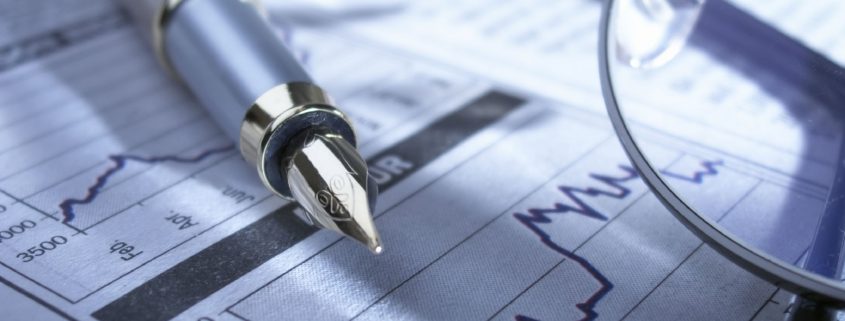The Aussie economy in 2019; it’s not boom but it’s not doom either
By Dr Shane Oliver
Head of Investment Strategy and Economics and Chief Economist, AMP Capital
Investors might be confused about the mixed news coming out late last year for the Australian economy and what it means for returns and rates.
Economic growth has been okay, and unemployment has fallen to five per cent which is quite low by Australian standards. But we’re also seeing ongoing weakness in house prices. Some say house price falls could be worse that those seen during the global financial crisis, and, ultimately, I think they will be.
So what’s going on here?
How we avoided recession
Basically, we’re seeing ‘desynchronisation’ across key sectors in the Australian economy – that is, when one part of the economy weakens, another picks up.
Desynchronisation partly explains why the Australian economy has dodged recession for almost 28 years.
We enjoyed a mining boom. When that came to an end, the mining-exposed parts of the economy, notably Western Australia, suffered. But that enabled lower interest rates and a lower Australian dollar which helped stimulate the economy. The housing market also strengthened and we had a housing boom in Sydney and Melbourne.
A new rotation
The economy is now rotating again, creating another two-speed economy.
On the positive side, we’re getting close to the end of the mining investment slump, which is taking pressure off Western Australia, the Northern Territory and parts of Queensland. We’re also seeing good signs in terms of non-mining investment and export values are doing ok.
But on the negative side, the housing boom is coming to an end and the key drivers for weaker housing returns remain in place:
- Credit tightening
- Rising supply in the unit market
- Reduced foreign buyer demand
- A lot of investors having to switch from interest-only loans to principle and interest loans.
- Uncertainty about changes to taxation concessions around negative gearing and capital gains tax should Labor win the upcoming federal election
Also evident is a psychological change in attitudes to the housing market from ‘I’ve got to get in now otherwise I’ll miss out’ – (fear or missing out or FOMO); to ‘if I don’t get out now, I’ll be in trouble’ – (Fear of not getting out or FONGO).
So we’re likely to see more weakness in house prices as we go through 2019, particularly in Sydney and Melbourne where prices could come off another 10 per cent or so, probably more in Melbourne which has lagged a little bit going into this downturn.
That would take top to bottom falls in Sydney and Melbourne to around 20 per cent (10 per cent in 2019). Other parts of Australia will hold up a bit better, with the national average prices having top to bottom fall of around 10 per cent.
That’s going to cause a degree of weakness in terms of consumer spending in Australia because we will get a negative wealth effect flowing through. (When house prices fall, Australians are likely to feel less wealthy and trim consumption). That will also be a bit of a constraint for the banks.
Rate cut risk
When we put all this together, it’s going to mean an ongoing environment where wages growth remains low and inflation remains low, and so we’re unlikely to see the Reserve Bank raise interest rates in 2019.
In fact, the likelihood is that the Reserve Bank ends up cutting interest rates in 2019. If they do that as we expect, it could well be a second half 2019 story because it will take them a while to come around to the view rates need to be cut.
It’s a close call, but we think rates will be cut in 2019 and that there will be no rise.
Avoiding recession
Despite the negatives, when I look at the Australian economy, I don’t see a recession.
There are areas of the economy which are quite strong, and which will keep growth going to counter the other areas which will constrain it.
This year we’re probably looking at overall economic growth of around 2.5 to 3 per cent; we’re looking at unemployment going sideways – it may come down a little bit, but nothing to get excited about; and we’re looking at ongoing weak wages growth and low inflation.
What this means for investors
This outlook above has a number of implications for investors, including:
- Returns from bank deposits will remain poor,
- With a rate cut likely in Australia and further rate rises likely in the US, albeit at a slower rate, the Australian dollar is likely to fall into the high $US0.60s,
- Australian bonds are likely to outperform global bonds,
- Australian shares will remain great for income, but global shares will deliver better capital growth, and
- The housing downturn will hit retailers, retail property, banks and building material stocks.



